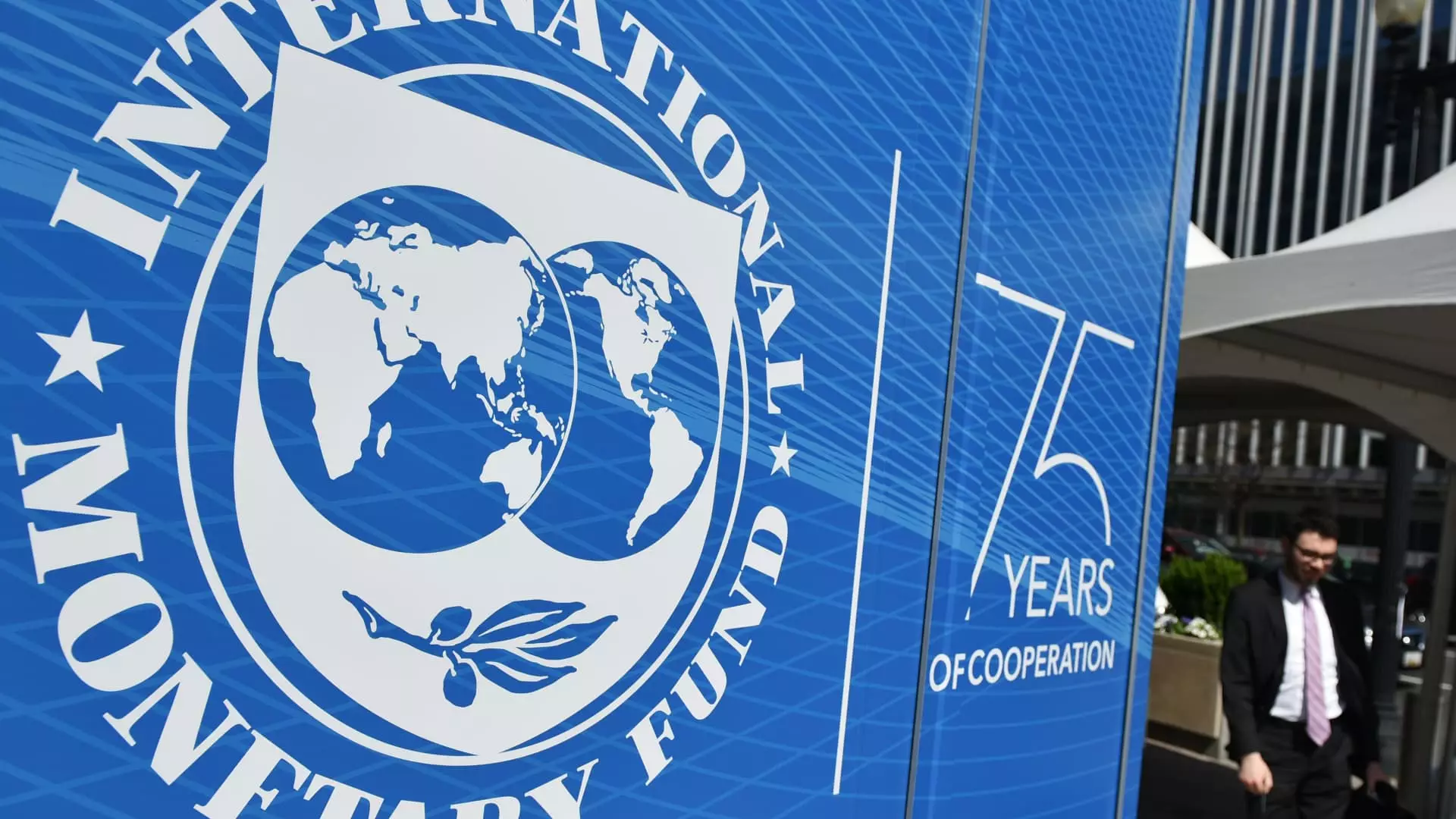The International Monetary Fund recently issued a warning regarding the increase in upside risks to inflation. According to their latest World Economic Outlook update, the IMF highlighted that the momentum of global disinflation is slowing down, which may lead to challenges along the way. One of the key factors mentioned in the report was the sequential inflation rise in the U.S. earlier in 2024. This development has placed the United States behind other major economies in the quantitative easing path.
Implications for Federal Reserve Interest Rate Cuts
The IMF’s warning on inflation has raised questions about the possibility of multiple Federal Reserve interest rate cuts this year. Despite widespread expectations for a rate cut in September, with traders pricing in a 100% chance of lower rates at the Sept. 18 meeting, the IMF’s chief economist Pierre-Olivier Gourinchas expressed a more cautious view. Gourinchas suggested that a single rate cut from the Fed might be more appropriate for this year, citing persistent services and wage inflation as potential complications in the journey towards lower inflation levels.
Concerns for the U.S. Economy
While robust wages and service inflation are not seen as immediate causes for alarm, they do raise concerns for the U.S. economy, as explained by Gourinchas. The U.S. Labor Department’s report on the consumer price index, showing the slowest year-over-year growth since April 2021, further underlines the complex dynamics at play. As a result of the evolving economic conditions, the IMF has revised down its growth outlook by 0.1 percentage point to 2.6% for 2024. Factors such as cooling consumption and slower-than-expected growth at the beginning of the year have contributed to this adjustment.
The International Monetary Fund’s warning on inflation and its implications for Federal Reserve interest rate cuts highlight the challenges facing the global economy. While the prospect of lower rates has gained traction among traders, the IMF’s cautious approach underscores the need for a balanced and nuanced response to current economic conditions. With uncertainties lingering around inflation, wages, and consumption patterns, policymakers and market participants alike will need to navigate carefully to ensure sustainable growth and stability in the coming months.

